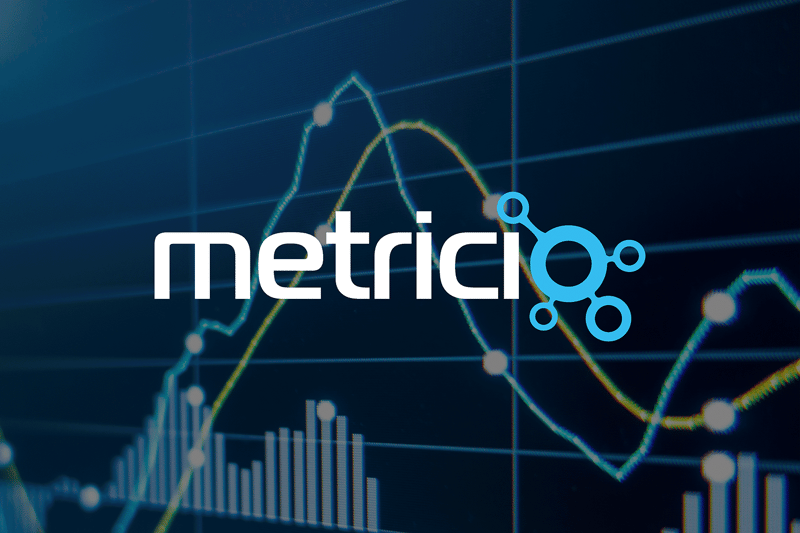Provides a well-defined structure to describe the links between strategy, business processes, IT infrastructure, and integrations between different software systems.
We help define what sustainability is based on the needs of your business. This provides a clearer focus on the initiatives that create the most benefit, which in turn creates the conditions for long-term and successful sustainability work.
The path to a dynamic management system starts with a gap analysis that measures how the existing management system compares to the requirements and results in an action plan on how to achieve them.
Reduces ambiguity as to what the objective is, how to achieve it, and who has responsibility for what.
Our audits help create significant opportunities for improvement. We conduct internal and third-party audits against ISO 9001, ISO 14001, ISO 45001, IATF 16949, AS9100, ISO 17025, ISO 27001, ISO 14385, and other standards.
Includes all information, regardless of format and medium, such as protection of intellectual property, IT, and cyber security.
It's about seeing the world from the customer's perspective to create more satisfied customers.
Enables an organization to deliver products and services that meet customer expectations while minimizing unnecessary internal deficiency costs.
Ensures that the organization works systematically to improve environmental performance, comply with environmental legislation and achieve positive environmental impacts.
Well-defined processes are a powerful tool for creating customer focus, identifying key hand-offs, and highlighting where value is created in the organization.
Systematic risk management helps to avoid unnecessary costs and problems before they occur, and the purpose of crisis management is to prevent small crises from becoming large ones.
Gives structure to health and safety management and helps the company to use resources where they have the greatest impact in order to prevent and minimize risks.
















